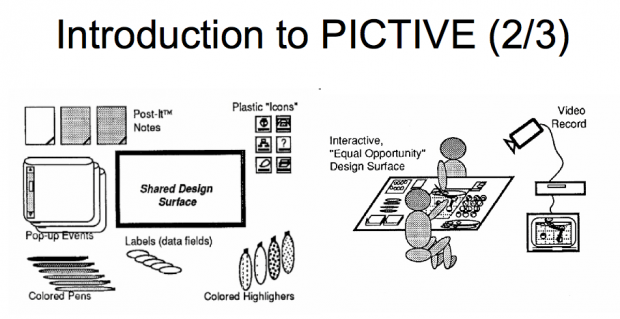Niekończąca się dyskusja:
In this study important insights were achieved, showing that error messages near the erroneous input field lead to the best performance. Among these error messages, the error message on the right side was evaluated as the most satisfying and expected.
The practical implications of the current findings are clear. Comparing these results to the findings of the web conventions study, error messages are currently often implemented in suboptimal ways. Only few online shops display the error message on the right side of the erroneous field (6.7% overall). In most instances the error messages do not even appear directly near the erroneous input field (71.5% overall), but on the top of the entire form (45.5% over- all).
In the best case this leads to lower ordering speed and customer satisfaction, in the worst case users are not able to complete the ordering process.Many online shops, small shops as well as the world’s leading shops, could therefore benefit from an improvement in the placement of error messages.
Źródło: User-friendly locations of error messages in web forms: Put them on the right side of the erroneous input field, Mirjam Seckler, Alexandre N. Tuch, Klaus Opwis, Javier A. Bargas-Avila, Interacting with Computers 24 (2012) 107–118






Recent Comments